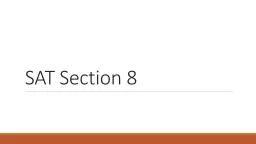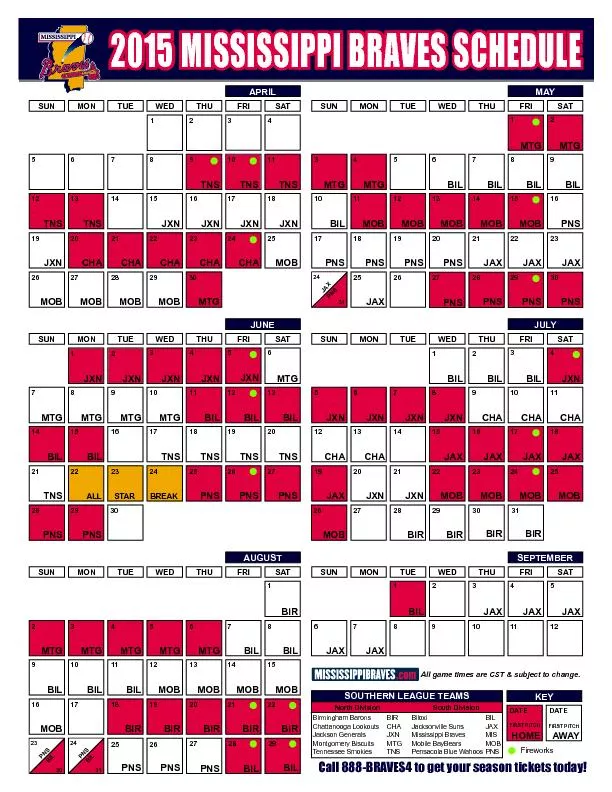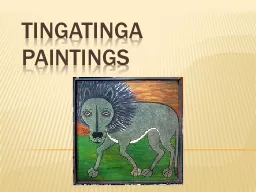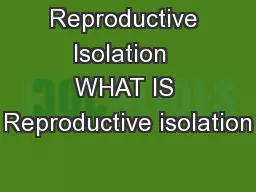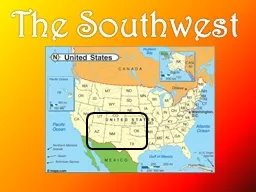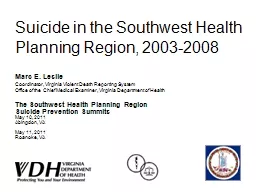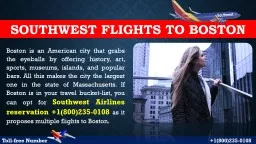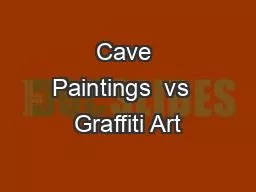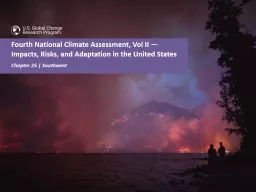PPT-SAT Section 8 1. Many paintings of the American Southwest convey a feeling of isolation
Author : karlyn-bohler | Published Date : 2018-11-02
A lush lavish B sprawling spread out in an unnatural way C desolate isolated D gaudy excessively showy E monumental massive or imposing Level 2 Question 2 Only recently
Presentation Embed Code
Download Presentation
Download Presentation The PPT/PDF document "SAT Section 8 1. Many paintings of the A..." is the property of its rightful owner. Permission is granted to download and print the materials on this website for personal, non-commercial use only, and to display it on your personal computer provided you do not modify the materials and that you retain all copyright notices contained in the materials. By downloading content from our website, you accept the terms of this agreement.
SAT Section 8 1. Many paintings of the American Southwest convey a feeling of isolation: Transcript
Download Rules Of Document
"SAT Section 8 1. Many paintings of the American Southwest convey a feeling of isolation"The content belongs to its owner. You may download and print it for personal use, without modification, and keep all copyright notices. By downloading, you agree to these terms.
Related Documents

